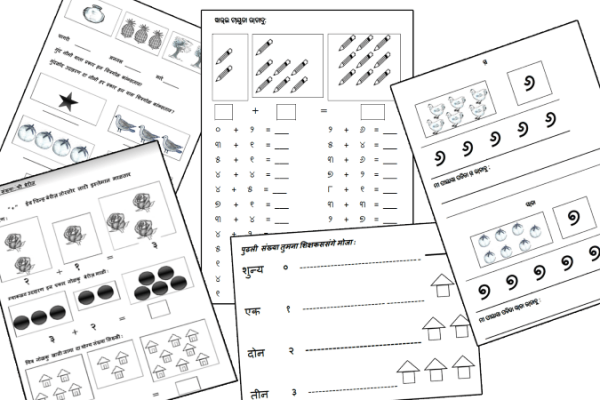Literacy
The reading and writing instruction materials cover a broad spectrum from alphabet books in the mother tongue to need-based literacy in the closest mainline language. Research by UNESCO shows that education in the mother tongue is a key factor for inclusion and quality learning, and it also improves learning outcomes. Following a systematic methodology, the primers guide the reader step-by-step to gain fluency in both reading and writing in their mother tongue which uses the script of the closest mainline language. It is important that these materials are culturally-relevant and interesting so that the new reader identifies with the topics and enjoys learning. Local artists illustrate the materials which are then used in literacy classes. Often these literacy classes lead to familiarizing the community with practical forms of common use by governments, banks, or records of identity or address in the language of wider use
Those who finish this course will be able to read and write in their mother tongue and the closest mainline language. Specifically, to handle government, banking, and land record forms, offline and online, which are only found in the closest mainline language. What we call ‘Need-based Literacy’ which is given to any agency or enterprise that wants to give back to a community or humanity. Our unique `Need-based literacy’ approach integrates minority languages into the linguistic mainstream promoting a digital India.

